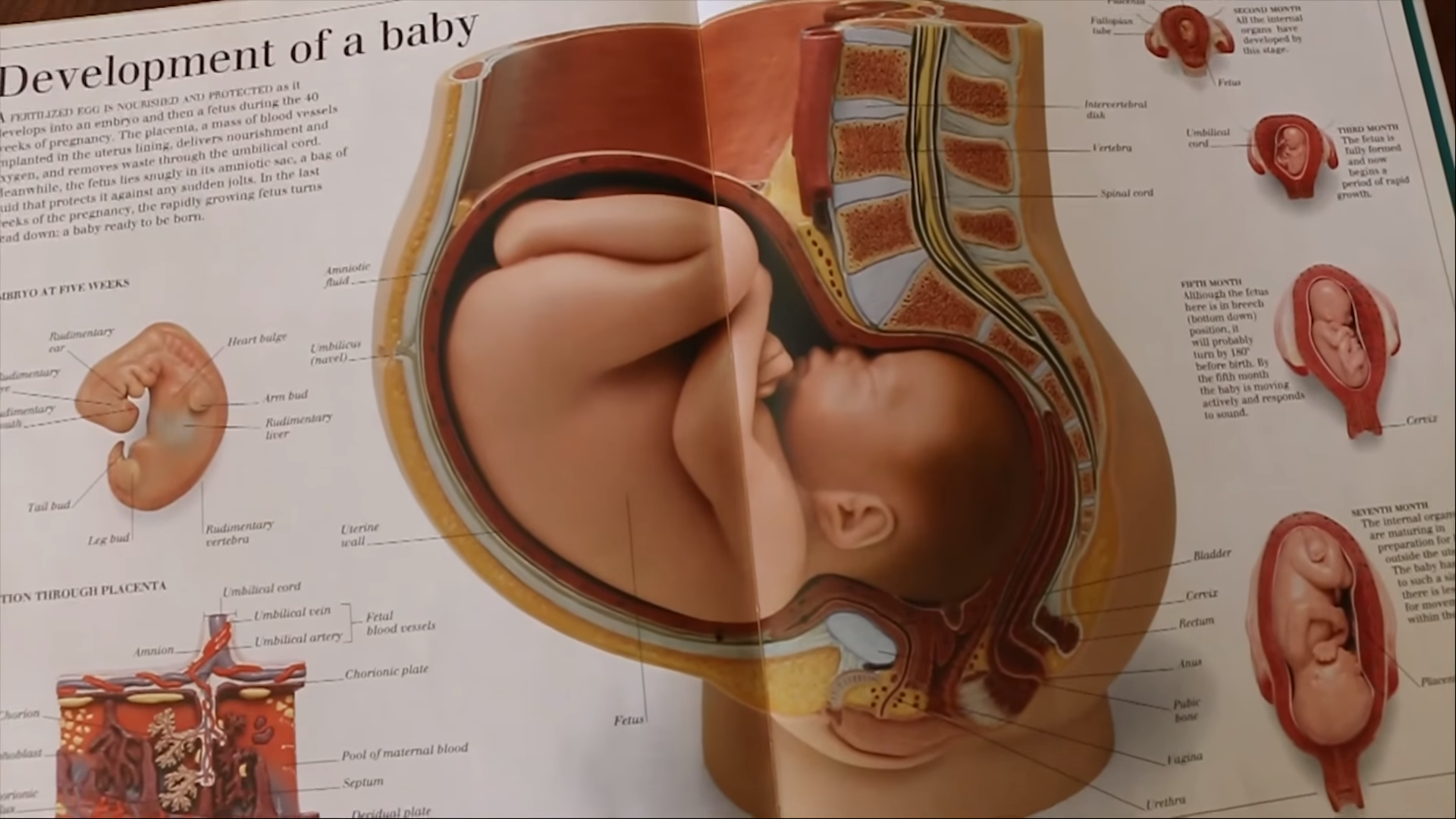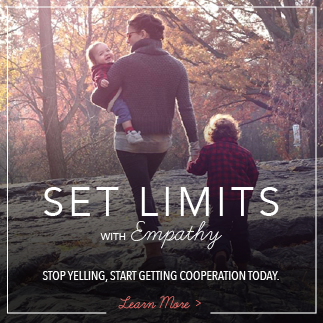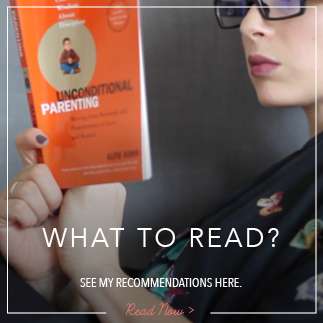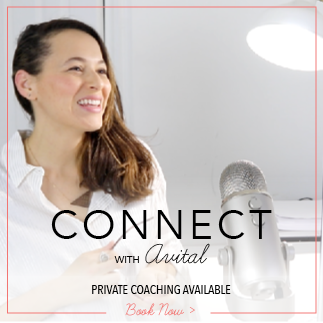How to Answer Your Kid’s Questions about Sex
Lately a lot of my friends have been talking to me about breaking the news of the birds and the bees to their children. It’s a topic that brings about embarrassment, confusion and anxiety.
What should we say? How? When? How much do they need to know? Are we ruining their childhood innocence? What if they tell their friends things at school? What if their friends tell them? Are they too young? Can I even speak about this?
So here’s my perspective on this: take it or leave it.
I think having access to high quality, basic information about how the world works, including how our bodies work, is a basic human right. Yes, I think it’s a human right.
I think that withholding information, when you have it, that someone – anyone, of any age – is interested in is really problematic on several levels. I think that the trust our children have in us is only ever strengthened by honesty. And I think that we, as their parents, are so lucky to have the privilege of affecting how they receive information, if only for a few, short years.
The 5 T’s to the Sex Talk
- TIMING
Answer all questions as they arise. Rather than an arbitrary cut off date (I’ll tell him when he’s 9), go with your child’s flow and interest level. If you’re pregnant, or someone you know is pregnant, your child may ask you how the baby got in there. Or if they see animals doing the deed they might ask what they’re doing. Or if one of their class mates talk about it, they might start questioning you. I believe if someone is old enough to ask, they’re old enough to know. If your child is asking you in public or at a bad time, say matter of factly, that’s a great question and I’d love to explain. Let’s discuss it at dinner. - TRUTH
Answer all questions with the truth. It can, and often should, be a simplified version. And sometimes you might want to hold off on details until your child brings it up again. This is about bringing scientific facts, so keep your information as unbiased as possible and stick to the truth. For example, your child might want to know if making a baby is something only married people do. Consider ahead of time how you want to answer, and consider an approach which includes both your moralistic beliefs and also a reality scan.
For example, “Normally it’s something only married people do, and in our family we feel it’s important for a loving husband and wife to decide to have a baby together, but there are people who don’t feel it’s only for married couples.” Obviously this depends on the age and maturity of your child, and of course on your own beliefs.
But the point is to try to separate your subjective feelings on the topic, with the truth in reality, and to offer your child both. - TERMINOLOGY
Use the real, medical or at least adult terminology for body parts and biological processes. You don’t have to go overboard here. I think it’s fine to say “Peeing” and not “urinating” for example, but please do not call private parts silly nicknames, or if you do make sure your child also knows the real names.
This is just part of giving them real information, and they will not be confused or embarrassed in the future when they hear these words because they don’t know what they refer to.
As a side note, referring to body parts with their real names is also a protective measure against child molesters, because a child who is able to communicate clearly with the adults in their lives about their bodies is a less attractive victim. They can easily tell a molester they shouldn’t be touching them. So avoid the use of words like “down there” or “hu ha”. If you’re embarrassed to use these words yourself, man up. You’ve had a kid, so you should know your anatomy pretty well by now. - TONE
You are communicating to your child so much more through your tone of voice and body language then through the words you speak. So when you’re talking about how babies are made, be very conscious of your tone. The goal is to set your child’s mind at ease. These are the facts, this is how it works. Stay nonchalant, cool, grounded and to the point. Imagine you’re explaining how socks work, or what cows eat. If you get giggly, awkward and shy your child will feel anxious and confused, and possibly drawn into an intensified curiosity on the topic.
If, however, this is accessible information that mum and dad are totally cool giving me, then it becomes a non issue, just like socks. Try not to mumble or swallow your words. Practice before if you need to. Keep it very matter of fact. - TOOLS
It’s helpful to support any learning process with tools that your child connects to. We have shown my son YouTube videos of a fetus growing inside the womb, we have read a few different books on how babies are made and on how bodies work. Remember that giving your child access to appropriate videos and books will offset the chances that they secretly go looking for information, and may run into a lot of mis-information or inappropriate information along the way. You have the opportunity to moderate and facilitate their curiosity in a safe and educational way, which is a gift to any parent.
So… are you curious how all this sounds?
Honey, you know how you were asking me about how babies get into their mummy’s tummies? That’s a really good question. When a woman and a man decide to have a baby together, they need sperm from the man’s body and an egg from the woman’s body to meet. Both the sperm and egg are tiny weeny and all healthy adult men and women have them in their bodies. Once a month, a woman’s egg is available to meet a sperm.
The man’s sperm is inside his testicals, the soft sack under his penis. The woman’s egg is inside her uterus – or womb – which is where a baby grows. When the man puts his penis inside the woman’s vagina the millions of sperm shoot out and swim up to find an egg. Only the fastest sperm gets to the egg and “fertilizes” it – that means it makes the egg turn into the very tiny, tiny beginnings of a baby.
Now together they become a fetus which grows slowly, slowly in it’s mother’s uterus until it’s about this big. When it’s finally ready to come out, the uterus starts contracting and the mummy feels a lot of pressure in her tummy and back. Then she pushes the baby out through her vagina and the baby is born! Isn’t that incredible? Aren’t our bodies miraculous?
Of course you can expand on any topic the child is interested in, like breast feeding or surrogacy. And if the child asks things like “does it hurt to make a baby?” take the honest, truthful approach you’ve been taking. “No, usually making the baby feels great. But usually giving birth and pushing the baby out can hurt quite a bit. But it’s worth it in the end, because then we have a gorgeous kid like you to love and snuggle!”.
I would love to hear your take on this, and how “The Talk” has gone for you in the comments below!
Sources and tools (as shown in the video above):
How You Were Made by Christina Palgrem
The True Story of How Babies Are Made
Alexander Tsiaras: Conception to birth — visualized











0 comments